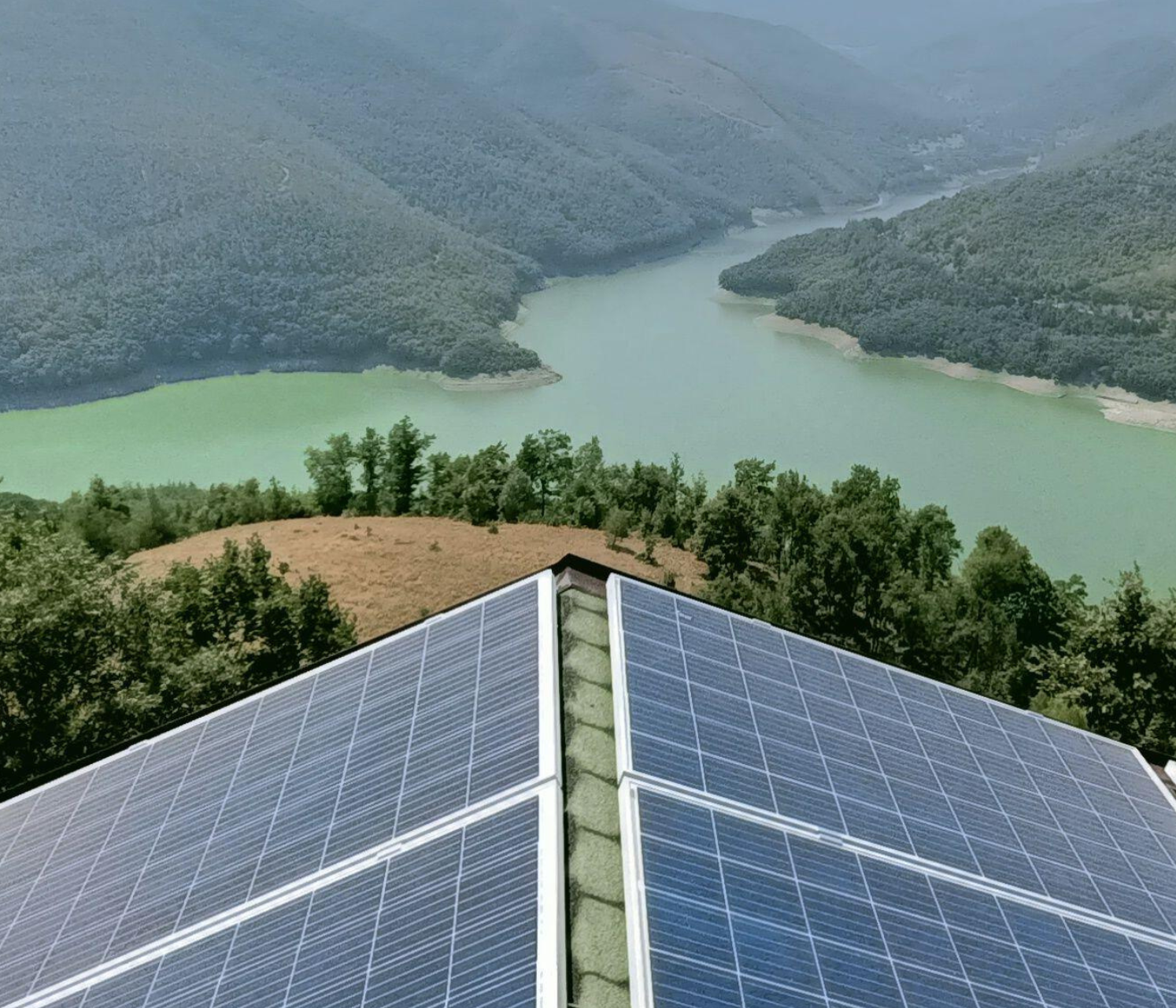The scenarios covered in this analysis
Among the aforementioned studies, The Istanbul Policy Center (IPC) and Europe Beyond Coal (EBC) ran two scenarios other than the baseline scenario, with/without nuclear. The scenarios with nuclear assumed the 4.8 GW Akkuyu nuclear power plant to be completed as it was planned. The World Bank’s only decarbonization scenario assumed the nuclear project to be completed in time, while SHURA assumed between 2.4 and 4.8 GW nuclear capacities in all scenarios. Hence in this analysis we only use the scenarios taking the nuclear energy into account to make them comparable. As a matter of fact Akkuyu nuclear power plant, which is owned by the Russian government, has already received the production licenses and began construction of all four units.
SHURA has two main decarbonization scenarios: accelerated renewable energy supply scenario (ARES) and coal phase down scenario (CPD). Although several sensitivity analyses were studied on these scenarios, the results do not vary dramatically under different sensitivity analyses. Thus, in this analysis we only cover the ARES base and the CPD base scenarios.
In all of these studies the models add the cheapest power generation options into the system under various constraints and assumptions (i.e energy efficiency, electrification, net zero by 2050, a certain coal phase-out date, etc) while keeping up with the power demand. The power plants currently under construction and expected to be completed are also taken into account in the new capacity development projections of the models.
Coal share in generation varies between 0-16.5% in these scenarios. Although only EBC’s study seems to propose a coal exit among all, SHURA CPD also has an ambitious coal phase down plan estimating a 5.4% coal share in power generation in 2030. However, this projection assumes Akkuyu Nuclear Power Plant to be partially completed with only 2.4 GW. By assuming 4.8 GW nuclear power capacity, most of the coal generation projected (23 TWh) could also have been replaced by 2030. Similarly if IPC did not assume around 50-65 TWh higher power demand by 2030, its coal generation projection (32 TWh) could also have been close to zero by 2030 (IPC’s model reaches coal exit by 2035). Apart from these, the World Bank projects a 9% coal share in generation by 2030.





